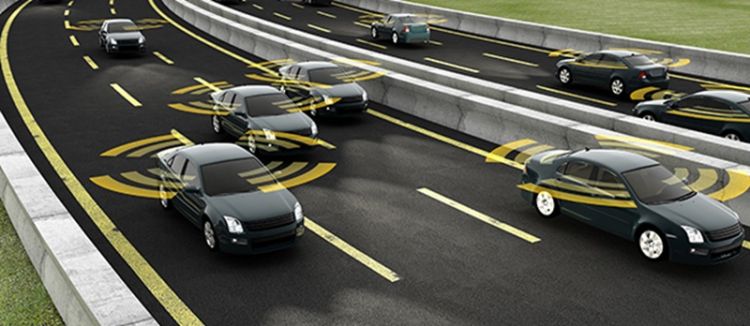Many drivers are unaware of advanced driver assistance systems limitations
Tue, 17/09/2019 - 12:06
Global Road Safety
A new study of the American Automobile Association (AAA) has found that many drivers misunderstand how Advanced Driver Assistance Systems (ADAS) work and overestimate its abilities.
The research, undertaken by the University of Iowa, surveyed drivers with vehicles from the model year 2016/17 with ADAS installed. It found that many drivers were unaware of these systems' limitations.

The AAA still believes that ADAS could potentially prevent 2.7 million crashes, 1.1 million injuries, and 9,500 deaths per year. Only half of the drivers who bought their vehicles from dealerships were offered training in ADAS technology. The AAA has advised that drivers should ask questions from the dealership, book a demonstration and read the driver’s manual thoroughly to familiarize themselves with all the safety systems in their vehicles.
According to the AAA study, roads could be safer if Advanced Driver Assistance Systems like blind-spot monitoring, collision avoidance system and lane-keep assist are correctly used.
Based on the following article:
AAA: Many Drivers Are Unaware of Safety Tech's Limitations
Post tags:
- AAA research
- safety tech limitations
- ADAS technology
- Road safety
- safety systems
- Advanced driver assistance systems

